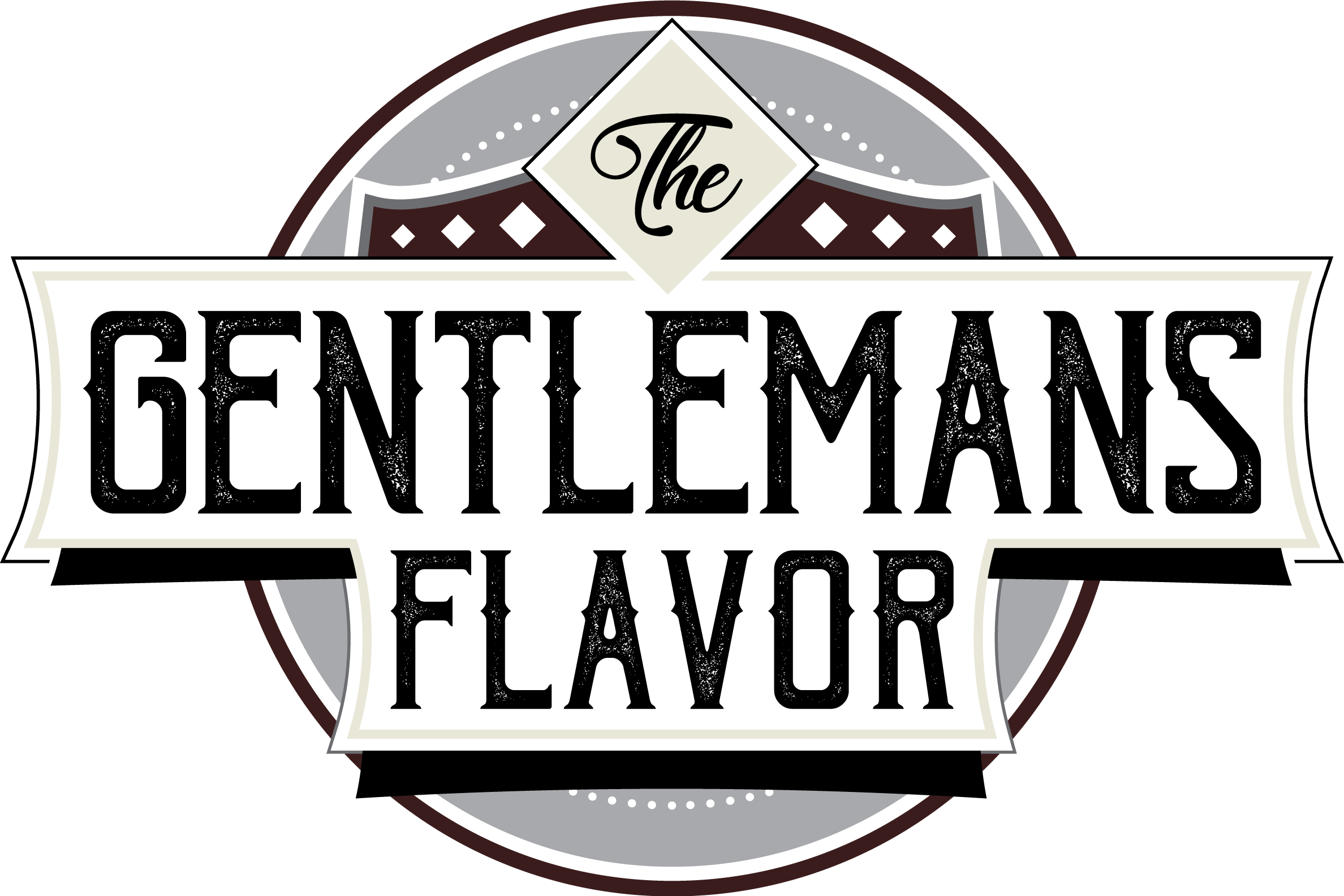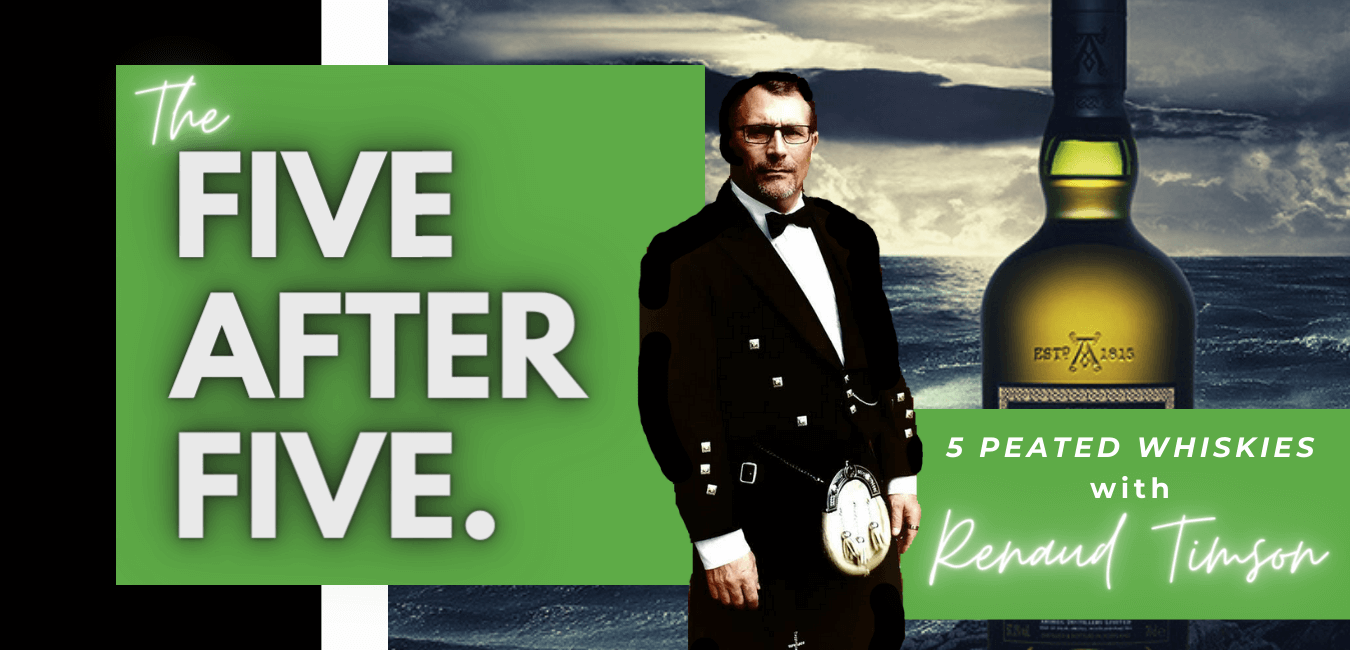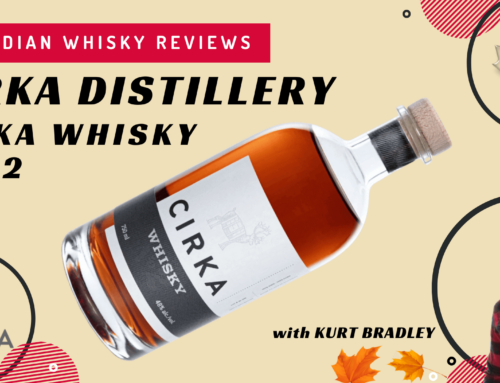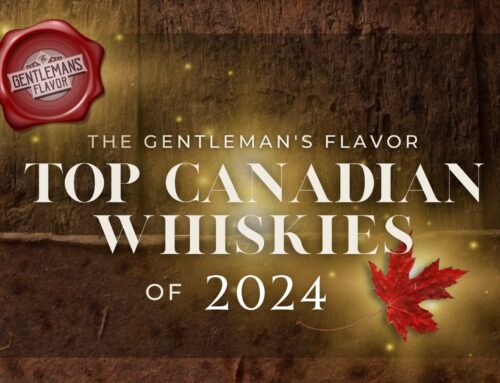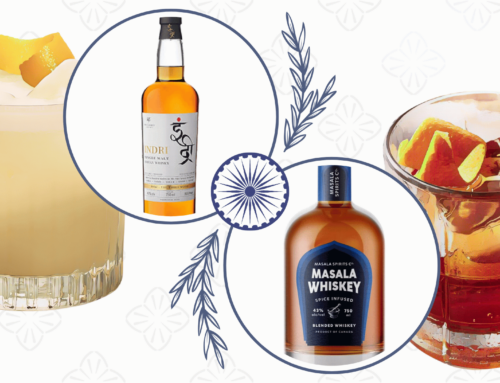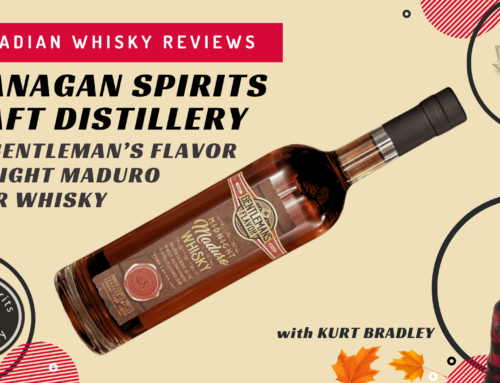Rannoch Moor, Scotland on Saturday, April 8 in the year 1505. Two kilted and tammed Scots are sitting by a roaring fire to help take the dampness out of their bones. The elder of the two
breaks the ambience of the wind’s bluster and the fire crackles: “Ya know wha’s missing in this uisge? The gamey tang of partly decayed organic matter.”
And from that innocent, off the cuff observation, the decision to use peat in whisky making was
born.
Ok, I made that up. (Sorry about that).
The history of scotch is typically seen through a smoky and hazy lens. I doubt very much, that one scot opined out loud that his “uisge” could really do with the aromatic scents of campfire smoke, camphor, iodine, pencil erases, Band-Aids and asphalt (but then again… ).
Here’s the thing: Scotland doesn’t have a lot of trees; however, it does have a lot of peat. In fact, over 20% of the countryside is covered in peat. Necessity being the mother of invention, dry peat was, and still is used to heat many a Scottish hearth. It was also used to heat whisky
stills and dry the barley. Along the way, many distilleries switched to coal and/or coke (no, not that Coke and no, not that coke!). Today, a few distilleries use dry peat bricks to dry the barley. This leads to said barley to be infused with those ‘fragrant’ attributes. They also are measured in PPM – Phenol Parts Per Million (Phenol being an aromatic organic compound).
Here’s the thing: all peated whiskies are not the same. They range from light, Bunnahahain 12-year old at 1-2PPM, to the bruising
Octomore Masterclass 08.3 at 309PPM.
I’m going to insert a couple of interesting BTWs here:
1) The more the PPM doesn’t necessarily always mean ‘peatier’. Two whiskies can have the same PPM count yet have different flavour profiles. One could be very beefy and smoky while the other could be more medicinal.
2) While we typically associate peat with the Islay region of Scotland, other whisky regions in Scotland do also make
peated expressions.
Ok, back to present day article.
Today, there are scores of whisky lovers, reverently known as Peat Heads, who enjoy and seek out those burly, in-your-face whiskies. But there’s more to the smoke than meets the tongue. Many are complex and deliciously layered with notes of vanilla, heather, coconut, leather,
spices and rich maltiness.
Maybe you’re not a peat head – yet. However, there is an easy way to grow into the role of unofficial ambassador: pour a dram, drink, enjoy and re-peat.
Here are five peated whiskies I’ve enjoyed and love to share:

LAPHROIG 10 YEAR OLD
Islay, Scotland / 40% ABV
Bottled at 40% abv, this peated beauty brings you wafts of smoke, seaweed and iodine.
Pronounced La-froyg.

LAGAVULIN 16 Year Old
Islay, Scotland / 43% abv
If there’s one I’d recommend to ‘must have’ for your bar, it’s this one.
Where there is smoke, there is fire! This hefty expression is matured in oak and sherry casks. Mmmm.

ARDBEG Ulgedal
Islay, Scotland / 55.2% abv
A non-age statement whisky named after a nearby loch, this cask-strength monster comes in at 54.2 abv. Kablam!
Oh, and it’s pronounced Oog-a-dal.

OLD BALLANTRUAN
Speyside, Scotland / 50% abv
Surprise! This peat beast comes from Speyside and is another cask-strength delight.
In your face? Hell yeah. But in a tasty way.

TALISKER 25
Isle of Skye, Scotland / 45.8% abv
The nose is softer, smoother, rounder and more mature. But that doesn’t mean it’s meek and mild.
Smoky sweetness, heather and sea breezes from the Isle of Skye.
Oh, And One Last Thing…
– Renaud Timson
Renaud Timson resides in Ottawa, Canada and likes to refer to himself as a “whisky enjoyist”. He is a certified Whisky Ambassador, accredited by the Scottish Whisky Association and his wallet has membership cards to The Scotch Malt Whisky Society of Canada, Ontario Whisky Quarterly and The Ottawa Whisky Guild.
On the non-whisky side, he’s a dad of six adult kids: three with two legs and three with four legs. He has some whiskies that are older than his kids.
He can be reached at renaudtimson@gmail.com.
